Ch.13 Measuring the Economy
by JOSEPH NELSON

1. How do economists measure the size of an economy?
1.1. They can study the economic decision making of individuals, households, and firms
1.2. they can study the workings of the economy as a whole, the focus of macroeconomics.
1.3. They divide the economy into four sectors: households, businesses, government, and foreign trade.
2. What does the unemployment rate tell us about the economy?
2.1. a high unemployment rate means the overall health of the economy is poor.
2.2. The unemployment rate can represent the idea that there is not enough money flowing in the economy to support the salaries of a number of workers, so the number of workers must be taken to a number that can keep the businesses running, while still having a closer-to-minimum worker-force for a period of time.
2.3. Not only does the high unemployment rate affect the economy, the initial state of the economy also affects the unemployment rate. Throughout time, there have been up-shifts and downshifts in the employment rates of the united states, as well as the health of the economy.
3. What does the inflation rate reveal about the economy?
3.1. runaway inflation can send an economy into a tailspin. It is uncontrollable inflation that takes time to be resolved.
3.2. It reveals that the economy is experiencing negative factors which weaken it, so prices must rise and the power of the dollar must be taken down. The consumer saves the business in this situation.
3.3. In an ideal world, prices would be stable, neither rising nor falling over time. In our real world, prices are always changing. Inflation means the economy is not healthy enough to offer reasonable numbers for products, and rather needs more money so charges more.
4. How does the business cycle relate to economic health?
4.1. recurring periods of growth and decline in economic activity that all economies experience affects incomes of businesses, and vis versa.
4.2. While the business cycle is slower, or there are less products being purchased due to the current season or another factor affecting sales, the economy containing these profits is also affected.
4.3. "Lagging business", means less flow throughout the economy. Not only is there not enough going in to sales on a particular area, but none are coming out.


